Homemade Birthday Cake: Tips and Tricks for a Delicious Dessert
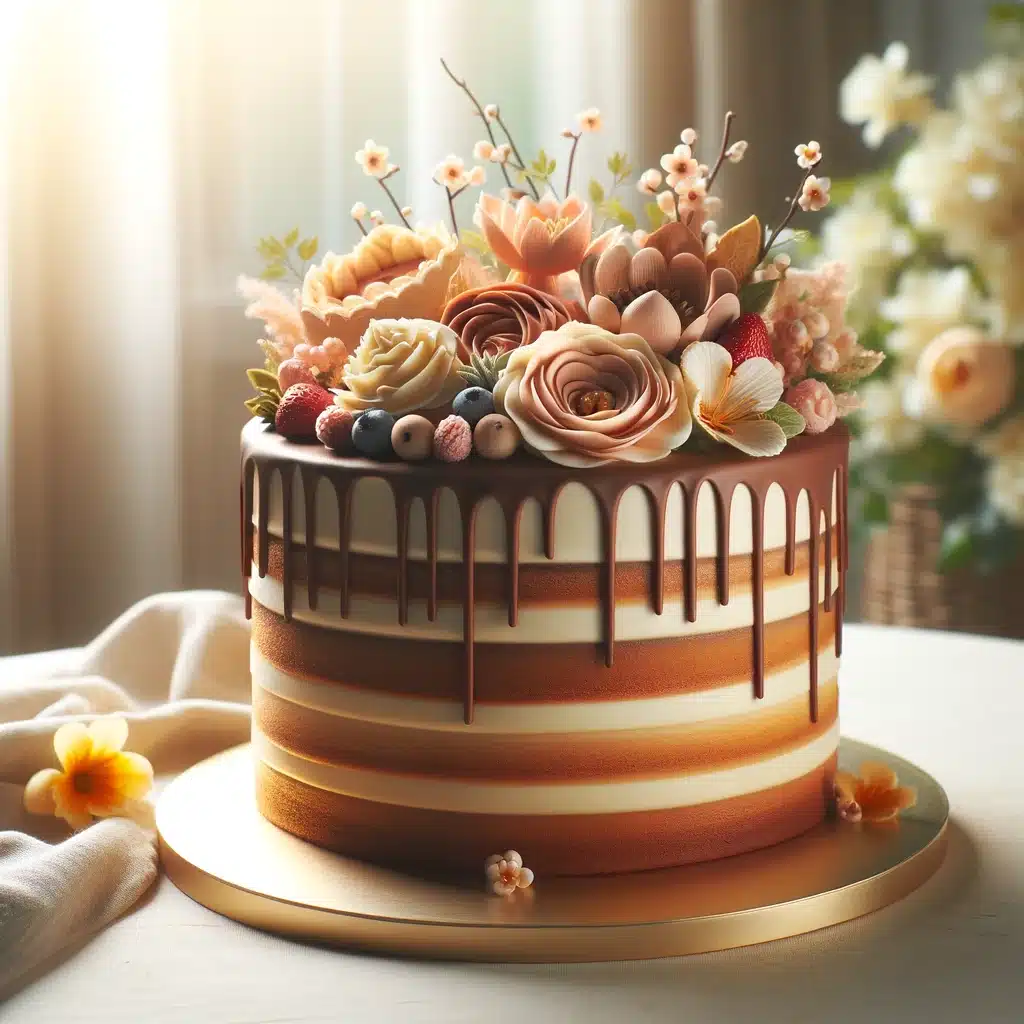
Making a homemade birthday cake is a special way to celebrate a loved one's birthday. Not only is it a thoughtful gesture, but it also allows you to personalize the cake to the recipient's preferences.
Whether you're a novice or an experienced baker, making a homemade birthday cake is a fun and rewarding experience.
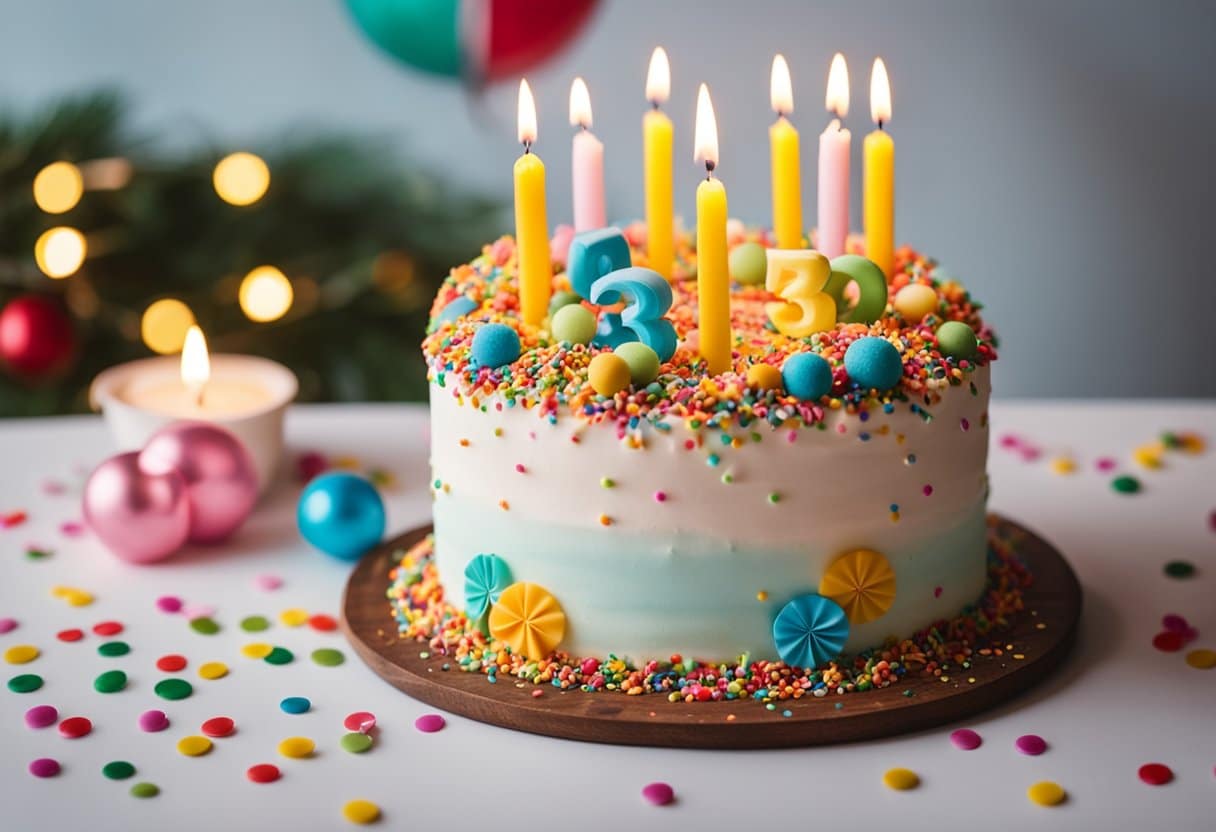
Choosing the right ingredients is key to making a delicious homemade birthday cake. From the type of flour to the flavorings, each ingredient plays an important role in the final product. By selecting high-quality ingredients and following a trusted recipe, you can ensure that your cake will turn out moist, flavorful, and perfectly baked.
Preparing the cake batter is the next step in making a homemade birthday cake. Mixing the ingredients in the correct order and incorporating them thoroughly is crucial for achieving the desired texture and flavor. Once the batter is ready, it's time to bake and cool the cake before decorating and serving. With a bit of patience and attention to detail, anyone can make a beautiful and delicious homemade birthday cake.
Key Takeaways
- Choosing high-quality ingredients is essential for making a delicious homemade birthday cake.
- Properly preparing the cake batter is crucial for achieving the desired texture and flavor.
- Baking and cooling the cake correctly, followed by thoughtful decorating and serving, will result in a beautiful and personalized birthday cake.
Choosing the Right Ingredients
When it comes to baking a homemade birthday cake, selecting the right ingredients is crucial to ensure that the cake turns out perfectly. In this section, I will discuss the importance of selecting the right flour, leavening agents, eggs, dairy, and flavor enhancers.
Selecting Flour and Leavening Agents
The type of flour and leavening agents you use can make or break your cake. All-purpose flour is the most commonly used flour for baking cakes, but cake flour can also be used for a lighter, more delicate texture. Baking powder and baking soda are the most common leavening agents used in cakes. Baking powder is used for cakes that are light and fluffy, while baking soda is used for cakes that are denser.
The Importance of Freshness in Eggs and Dairy
Using fresh eggs and dairy products is crucial for the success of your homemade birthday cake. Eggs that are past their expiration date or not stored properly can affect the texture and flavor of the cake. Milk and buttermilk should also be fresh and at room temperature to ensure that they mix well with the other ingredients.
Flavor Enhancers: Vanilla and Salt
Vanilla extract is a popular flavor enhancer used in cakes. Pure vanilla extract is preferred for its strong, natural flavor. Salt is also an important ingredient that enhances the flavor of the cake. Use unsalted butter to control the amount of salt in the cake.
In summary, choosing the right ingredients is essential for baking a homemade birthday cake that is delicious and visually appealing. Make sure to select fresh ingredients and use the appropriate type of flour, leavening agents, and flavor enhancers.
Preparing the Cake Batter
As someone who loves to bake, I know that the key to a perfect homemade birthday cake is in the preparation of the cake batter. In this section, I will share some tips and tricks on how to make the perfect cake batter.
Mixing Wet and Dry Ingredients
The first step in making the cake batter is to mix the wet and dry ingredients separately. In a large mixing bowl, combine the granulated sugar and the soft butter, and beat them together until the mixture is light and fluffy. Then, add the eggs one at a time, and mix well after each addition.
In a separate bowl, mix the flour mixture, gluten-free flour, and baking powder. Add this mixture to the wet ingredients in batches, alternating with the soy milk, and mix until everything is well combined.
Achieving the Perfect Consistency
The consistency of the cake batter is crucial to the success of your cake. You want your batter to be soft, moist, and easy to pour. If your batter is too thick, you can add a little more soy milk to thin it out. On the other hand, if your batter is too runny, you can add a little more flour mixture to thicken it up.
Variations for Dietary Restrictions
If you or your loved ones have dietary restrictions, you can easily make adjustments to the cake batter to accommodate them. For example, if you need to make a gluten-free cake, you can use gluten-free flour instead of regular flour. Similarly, if you need to make a dairy-free cake, you can use oil instead of butter. There are many variations you can make to the cake batter to suit your specific needs.
In conclusion, preparing the cake batter is an essential step in making a homemade birthday cake. By following these tips and tricks, you can make the perfect cake batter that is soft, moist, and delicious.
Baking and Cooling
Baking a homemade birthday cake requires careful attention to detail to ensure a perfect result. In this section, I will provide you with some tips on how to bake and cool your cake properly.
Oven Settings and Baking Time
Before you start baking, make sure your oven is preheated to the correct temperature. This is usually 350°F for most cake recipes. Also, make sure to set your timer according to the baking time specified in the recipe. Keep in mind that baking time may vary depending on the size and type of cake pans you are using.
Using the Toothpick Test
To check if your cake is fully baked, you can use the toothpick test. Insert a toothpick into the center of the cake, and if it comes out clean, your cake is done. If there is batter or crumbs on the toothpick, your cake needs more time in the oven. Be sure to test the cake in a few different spots to ensure it is fully baked.
Proper Cooling Techniques
Once your cake is fully baked, it is important to let it cool properly before frosting or decorating. Remove the cake from the oven and let it cool in the pan for 5-10 minutes. Then, carefully remove the cake from the pan and let it cool completely on a wire rack. If you are making a layer cake, be sure to let each layer cool completely before stacking them.
If you are short on time, you can also cool your cake in the freezer. Wrap the cake tightly in plastic wrap and place it in the freezer for 15-20 minutes. This will help the cake firm up and make it easier to frost.
Once your cake is fully cooled, you can store it in an airtight container until you are ready to frost and decorate it. If you are making a layer cake, you can also wrap each layer in parchment paper and store them in the freezer until you are ready to assemble the cake.
By following these tips, you can ensure that your homemade birthday cake turns out perfectly every time.
Decorating and Serving
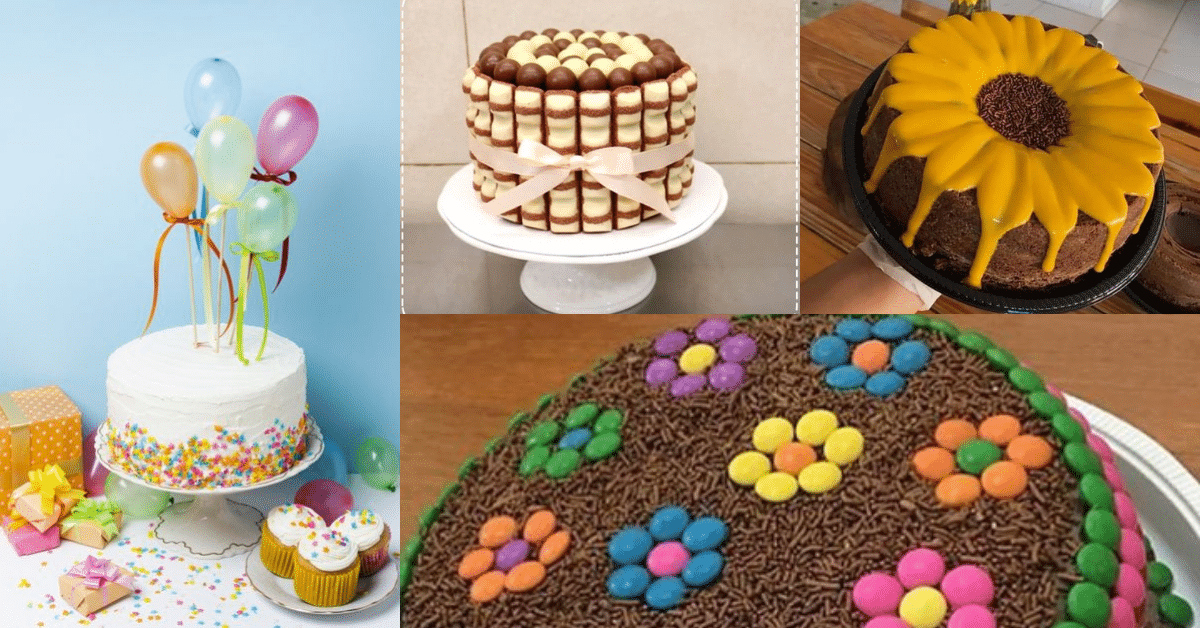



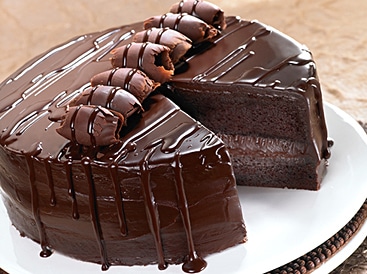
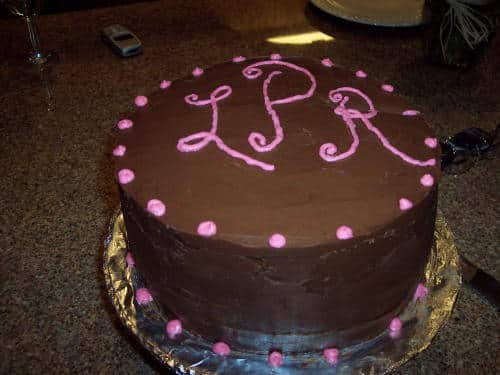
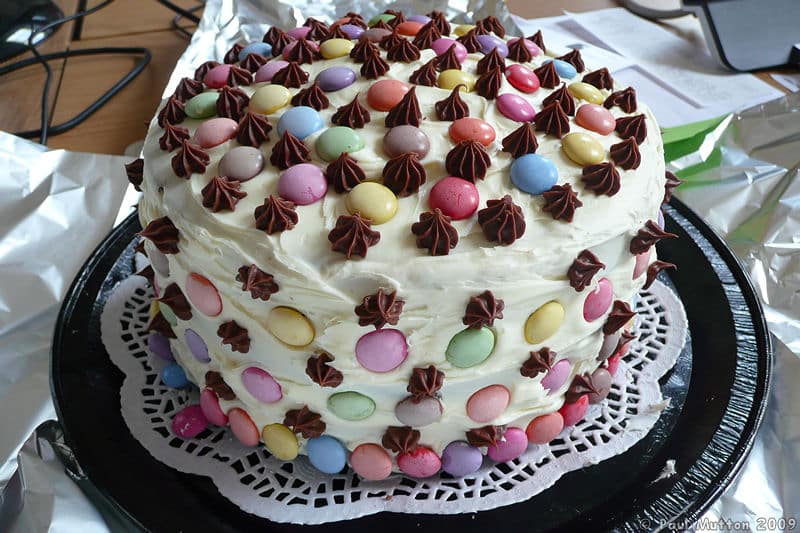
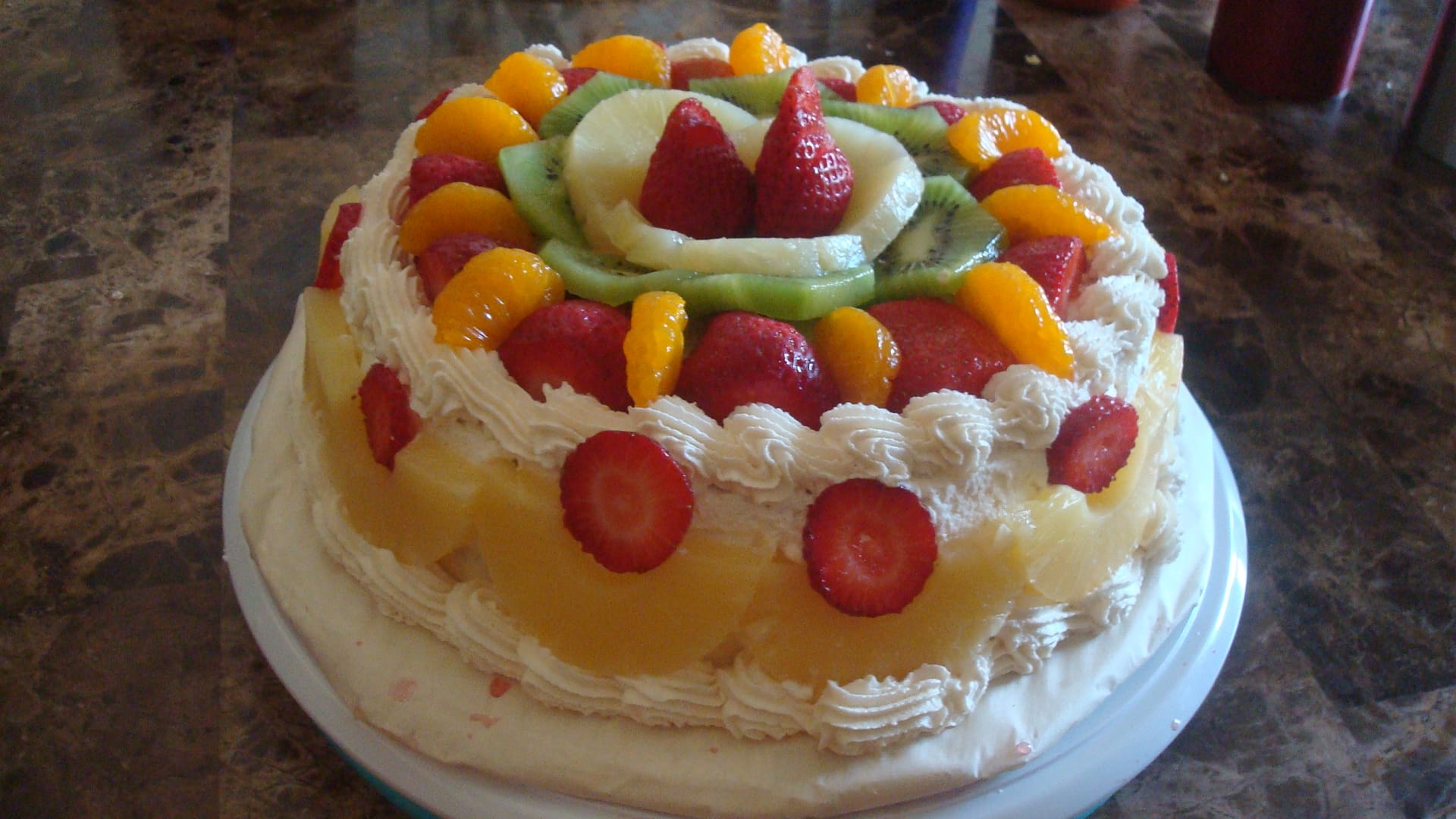


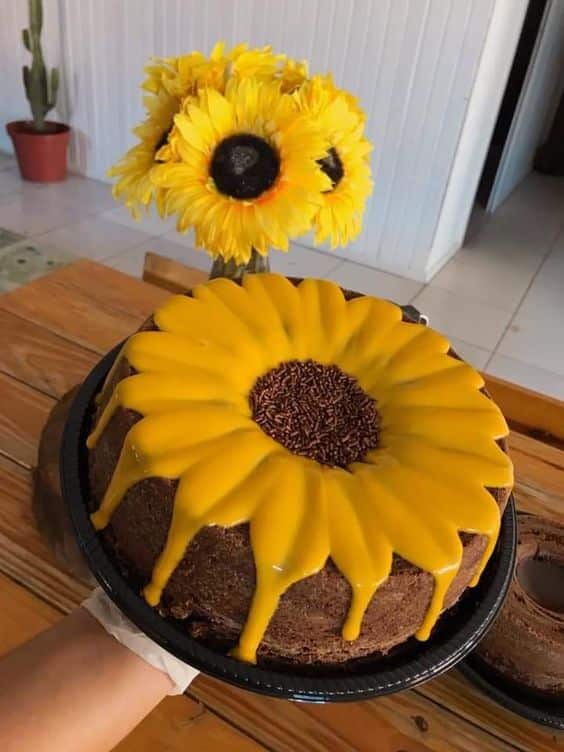
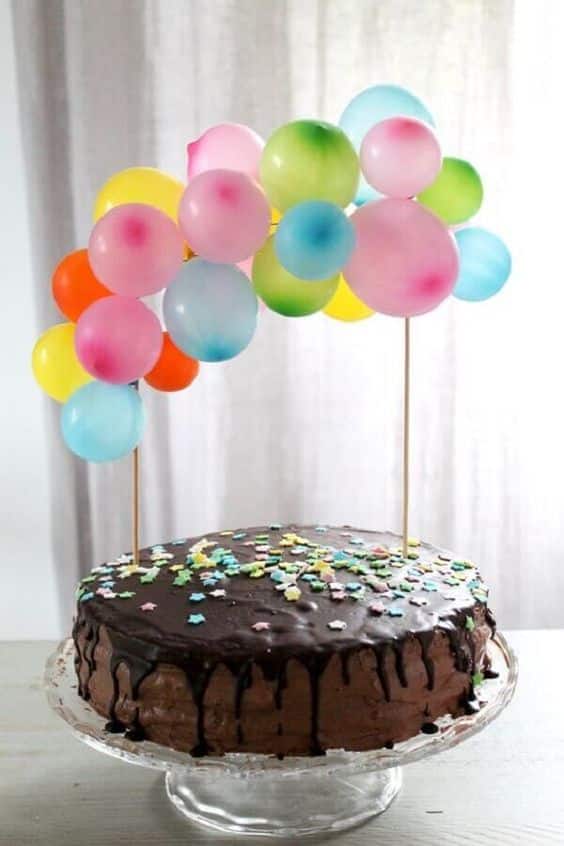
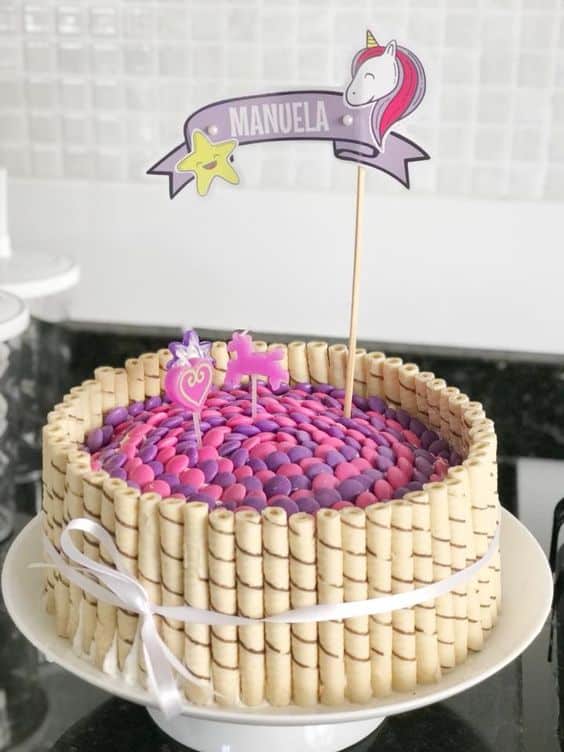

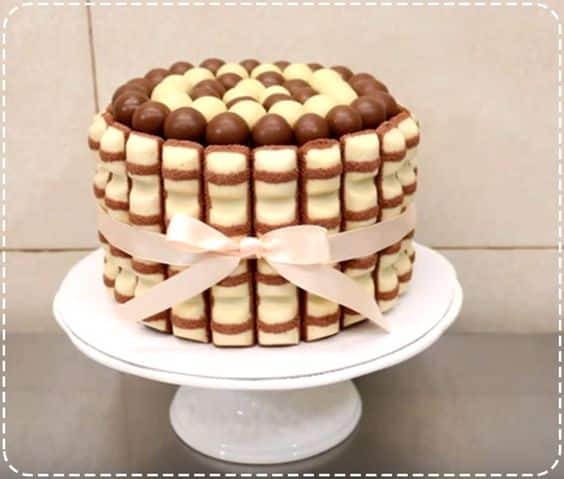

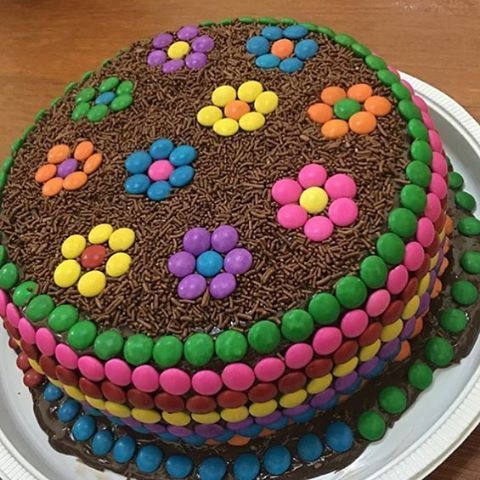
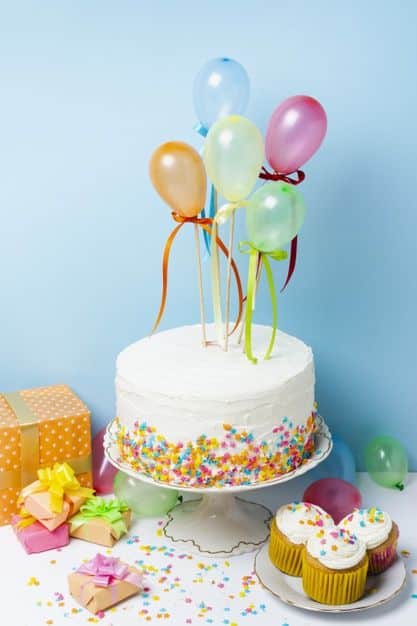
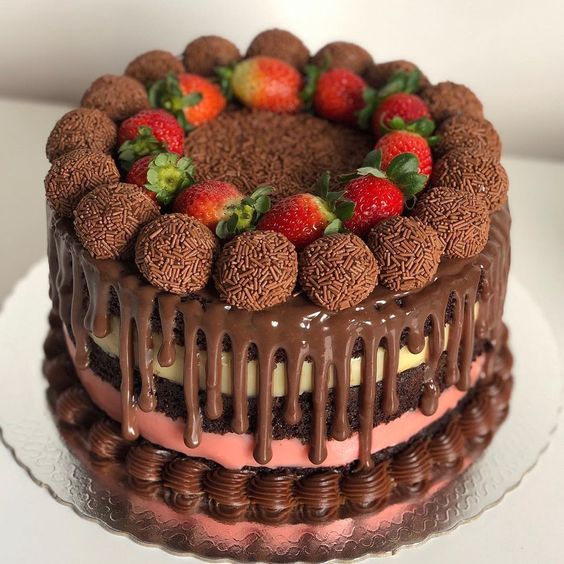
Frosting and Icing Options
When it comes to frosting and icing options for homemade birthday cakes, the possibilities are endless. Some popular options include vanilla buttercream, chocolate frosting, and cream cheese frosting. Vanilla buttercream is a classic choice that pairs well with almost any flavor of cake. Chocolate frosting is perfect for chocolate cake lovers, while cream cheese frosting adds a tangy twist to any cake.
To add some extra pizzazz to your cake, consider adding sprinkles or rainbow sprinkles. These colorful toppings are a fun and easy way to make your cake look festive and celebratory. You can also add chocolate shavings or fresh berries for a more sophisticated touch.
Adding the Final Touches
Once you've chosen your frosting and toppings, it's time to add the final touches to your cake. Begin by applying a crumb coat to your cake to prevent crumbs from getting into the final layer of frosting. Then, apply a thick layer of frosting to the top and sides of the cake, using a cake decorating spatula to smooth out any bumps or imperfections.
To serve your cake, choose a serving plate or cake plate that complements the design of your cake. If you plan to store your cake in the refrigerator, cover it with plastic wrap or a cake dome to prevent it from drying out.
Storage and Presentation
When it comes to storing and presenting your homemade birthday cake, there are a few things to keep in mind. If you plan to serve your cake immediately, it's best to keep it at room temperature until ready to serve. If you need to store your cake for a longer period of time, it's best to store it in the refrigerator.
To present your cake, consider adding some fresh flowers or a personalized cake topper. These simple touches can make your cake look even more special and unique. Remember to take your time when decorating and serving your cake, and don't be afraid to get creative with your designs.